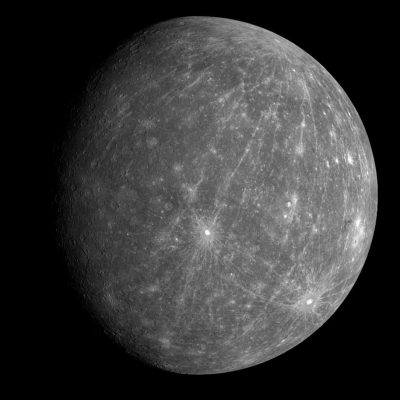How many Earths can be fit into Jupiter?

Jupiter is the largest planet in the solar system. Jupiter is so big that all the other planets in the solar system could fit inside it. More than 1,300 Earths would fit inside Jupiter.
Naturally, Jupiter has the strongest magnetic field of all the planets, with a field that is 20,000 times that of Earth’s magnetic field. The gravity is much different too. Having more gravitational pull, someone standing on Jupiter would measure 2.4 times their Earth weight on Jupiter. That means if you weigh 120 pounds on Earth, then you would weigh 288 pounds on Jupiter.
Earth is much smaller than Jupiter. Earth is about 3,959 miles, while Jupiter measures in at 43,441 miles. Earth is 5.972 × 10^24 kg, while Jupiter is 1.898 × 10^27 kg. While Earth only has one moon, Jupiter has 16 confirmed moons. Jupiter also has four rings.
With such a size different, it only makes sense that 1,300 Earths could fit inside of Jupiter. It would take 3.5 Earths alone just to fit across Jupiter’s red spot. Jupiter is massive compared to our tiny planet, so it would naturally take this many Earths to fill Jupiter.
Credit : The Nine Planets
Picture Credit : Google
